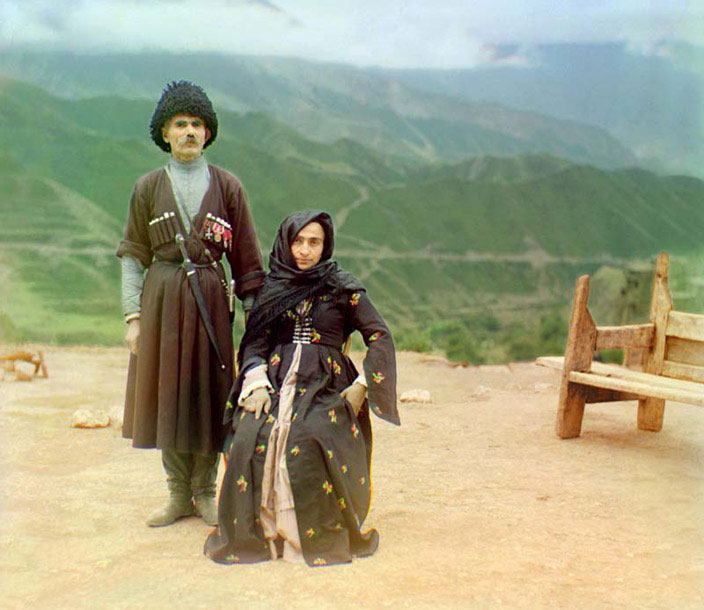Why Indo-Europeanists should know more about North-East Caucasian
Hvem, hvad, hvor and hvornår
Gæsteforelæsning ved professor Peter Schrijver, Departement Moderne Talen, Keltisch, Universiteit Utrecht.
Forelæsningen, som er på engelsk, finder sted den 30. april 2009 kl. 13:15 på KUA i lokale 27.0.17. Den er arrangeret af Roots of Europe.
Alle er velkomne.
Kort beskrivelse af emnet
 Linguists worrying about such things usually think that the Uralic language family, to which belong languages such as Finnish, Hungarian and Nenets, is the closest cognate of Indo-European. North-East Caucasian, the family comprising languages such as Chechen, Avar, Tsez and Lezgian, is by those same linguists considered to belong to a very different macro-family. I intend to show that both suppositions are probably incorrect by applying the comparative method to the reconstruction of the North-East Caucasian, focussing on personal pronouns and comparing the results to the system of personal pronouns reconstructed for Indo-European. Some of the corollaries that will be highlighted are:
Linguists worrying about such things usually think that the Uralic language family, to which belong languages such as Finnish, Hungarian and Nenets, is the closest cognate of Indo-European. North-East Caucasian, the family comprising languages such as Chechen, Avar, Tsez and Lezgian, is by those same linguists considered to belong to a very different macro-family. I intend to show that both suppositions are probably incorrect by applying the comparative method to the reconstruction of the North-East Caucasian, focussing on personal pronouns and comparing the results to the system of personal pronouns reconstructed for Indo-European. Some of the corollaries that will be highlighted are:
- alternatives to the comparative method of language reconstruction at best do not offer the degree of resolution that the comparative method does and at worst are completely flawed in their results;
- the widespread idea that serious Indo-Europeanists should steer clear of deep language reconstruction is unwarranted;
- North-East Caucasian is amenable to reconstruction by the comparative method in spite of the large degree of convergence through extended contact.
The audience need have no knowledge about any of the languages involved in order to be able to follow the lecture.![]()
